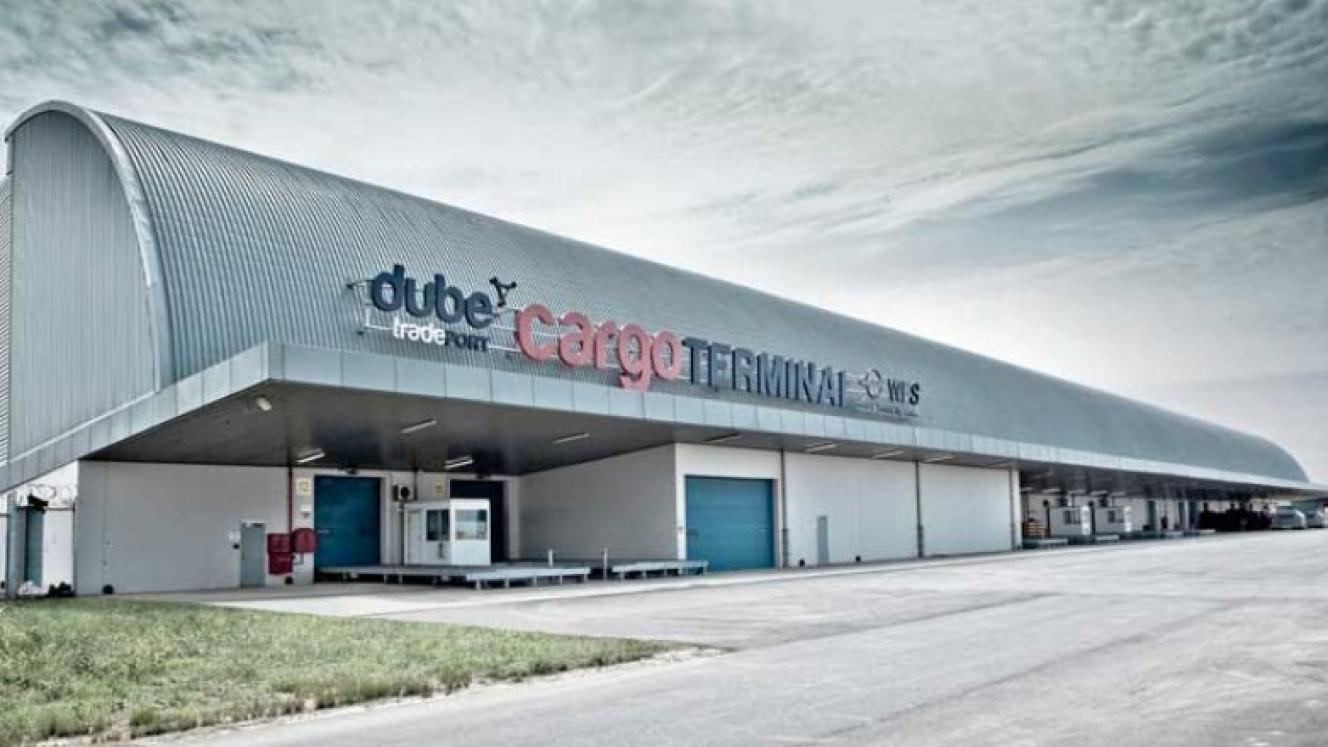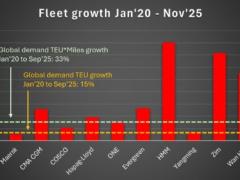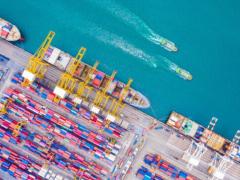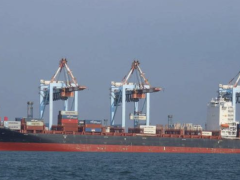Orient Overseas (International) Limited (OOIL) has once again posted record full-year results, with 2022 Group revenue of $19 820 million surpassing its 2021 record of $16 832 185.
Group Ebit, at $10 088 881, was up on 2021’s $7 397 511.
“In last year's annual report, we wrote that our results for 2021, which include the highest-ever revenue, liftings and profit figures for our core container shipping and logistics business, had surpassed the outcome for 2020,” the carrier said in a statement.
“At that point, we could not have foreseen that the results for 2022 would once again break new records. The profits and cash flow that were generated by the results of 2022 put us in a very strong position to fund not only our continuing programme of growth, but also to fund our ongoing investment in information technology and the digitalisation of our industry. Moreover, they further enhance our already robust balance sheet, which is strong enough to enable us both to withstand the challenges of cyclical markets, and to allow us to provide attractive returns to shareholders.”
March this year marked a milestone for the carrier which took delivery of the first vessel built for the Group since 2018 - the 24 188-TEU mega vessel, the OOCL Spain, which will be followed by 28 vessels which are scheduled to follow her over the next five years. Seven of the vessels still under construction will be dual fuel methanol vessels.
The line is however realistic when it comes to business outlook. “While we do not foresee any material change in the first half, the timing of any improvement depends on a long list of macroeconomic factors as well as on the evolution of the relative growth of supply and demand. What is certain is only that there will be challenges ahead.
“At the time of writing, it appears that the unmistakable downward trend of freight rates may have started to stabilise. Even if we may reasonably expect occasional further falls during the seasonally quieter two to three months following the Chinese New Year holidays, weekly movements in spot rates are no longer as dramatic as they were during much of the second half of 2022, and load factors on some routes show clear signs of improvement. However, it seems unlikely that the general environment for the industry will change materially during the first half of 2023. Thereafter, once importers in countries such as the US have made further progress in reducing their inventories, then if the economic outlook has improved, for example if inflation has started to peak and if employment data remains strong, then we may see some improvement during the second half of 2023. There can, however, be no certainty about that outcome, given the extent of perfectly valid concerns about the future impact of inflation, interest rate rises and broader economic and geopolitical instability.”
In 2023 and 2024, further supply increase will be created through the delivery of new ships – and this could delay any improvement in the container shipping markets, even if the economic situation is more benign than anticipated, the carrier adds.
“While mitigation of this risk from increasing supply most certainly does exist, through the increased likelihood of vessel scrapping for example, and much more significantly from new environmental regulations, these will take time to be felt, and as such will not provide much counterbalance until the second half of 2023 at the earliest.”













